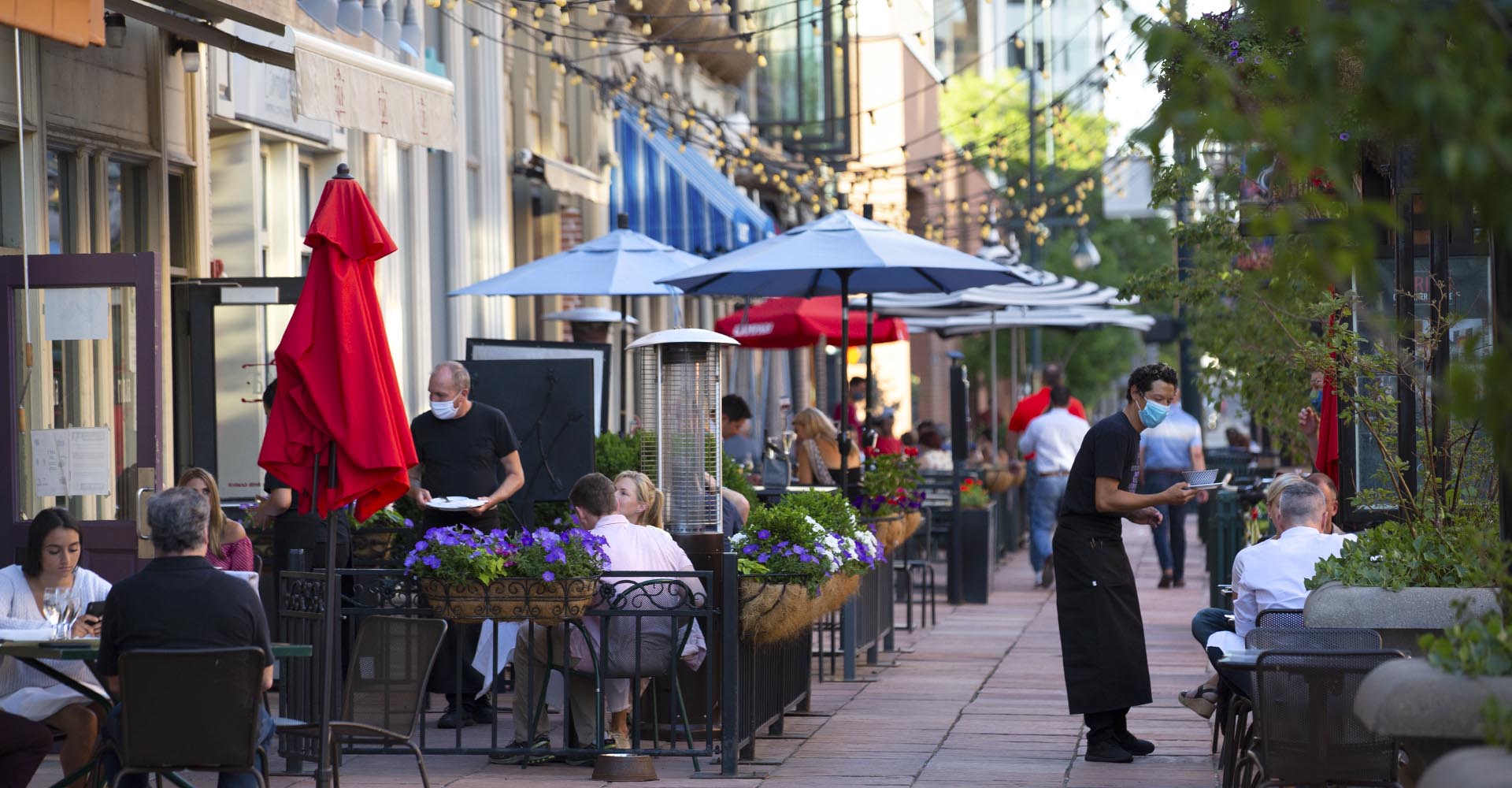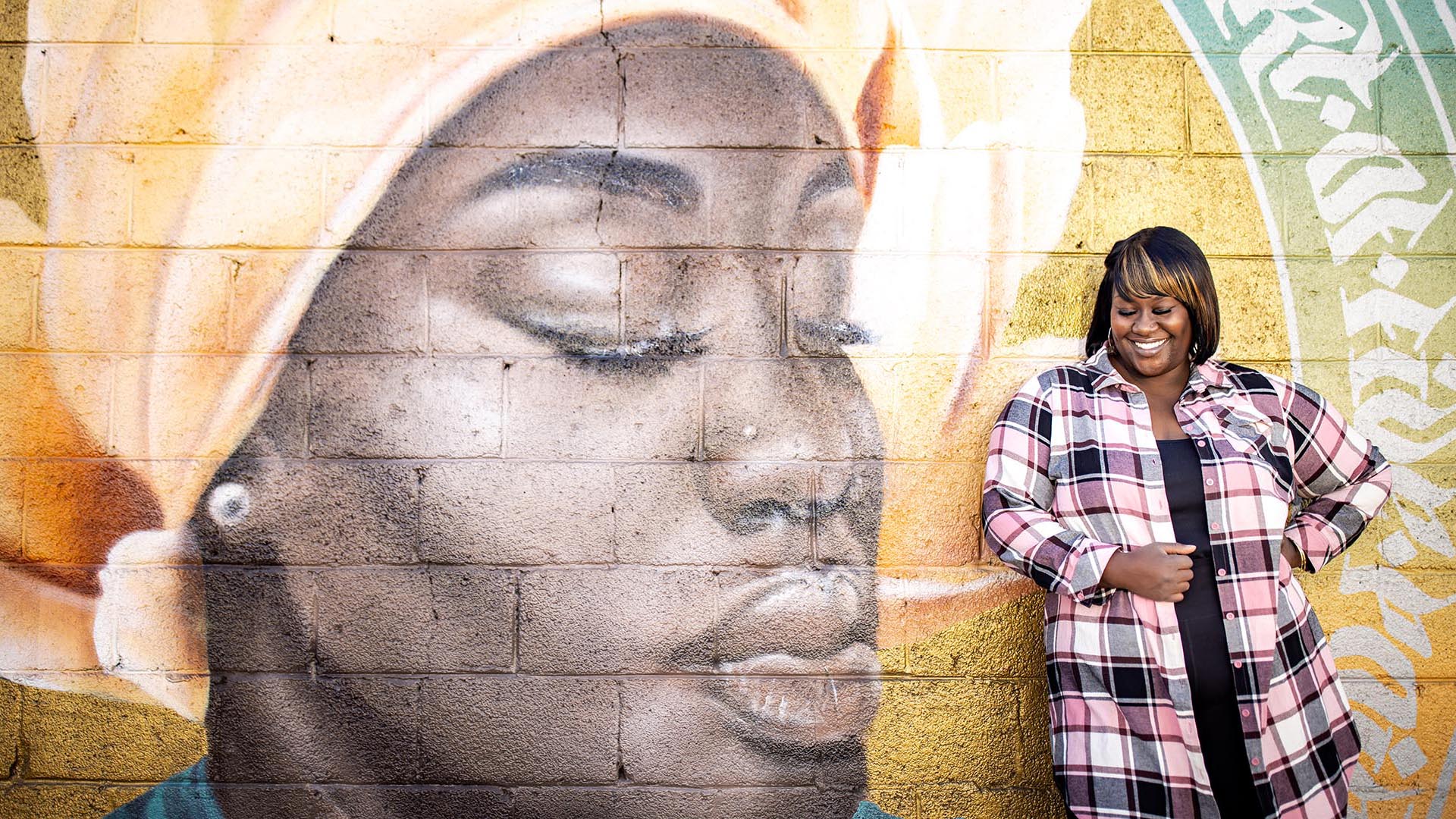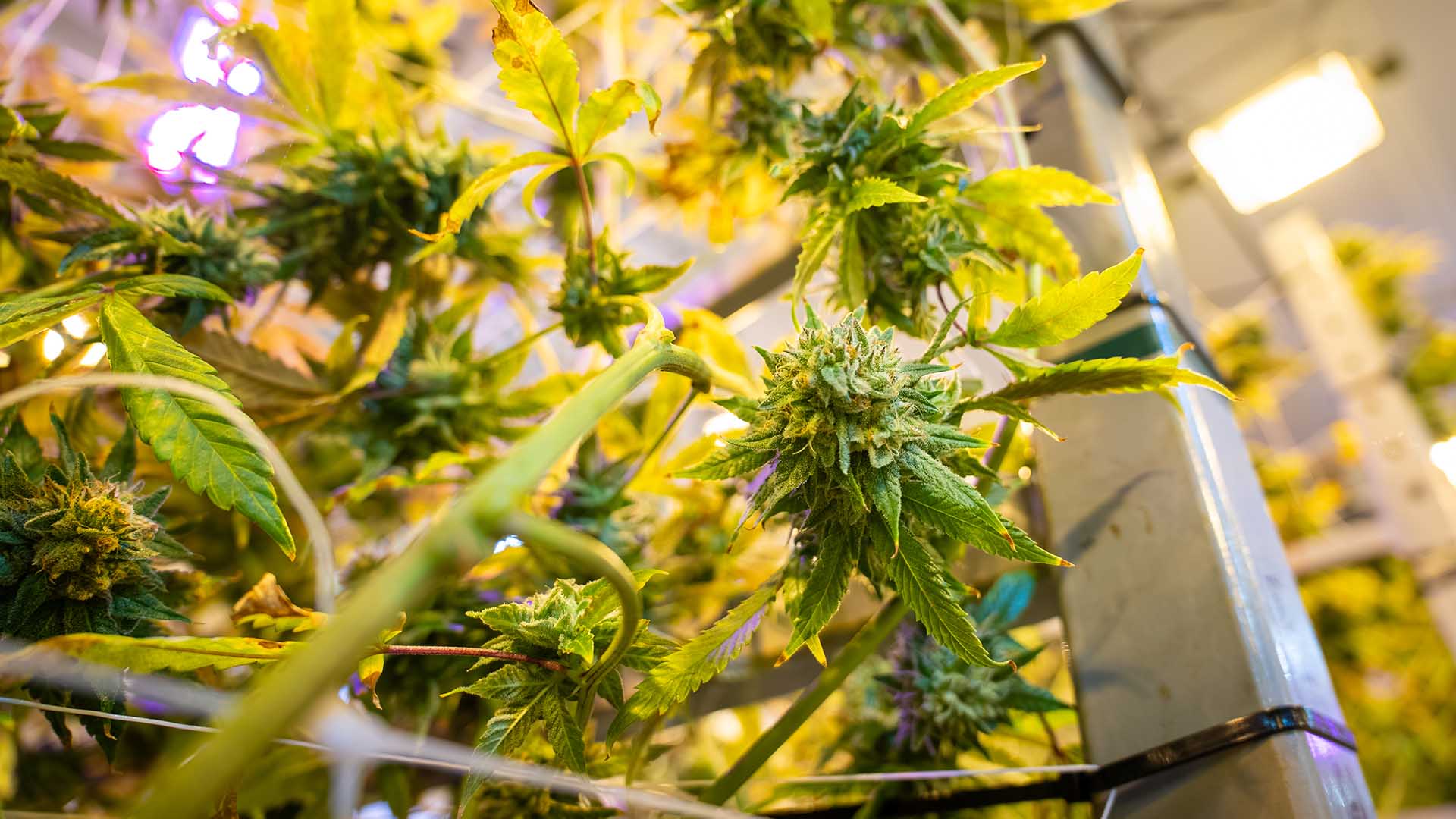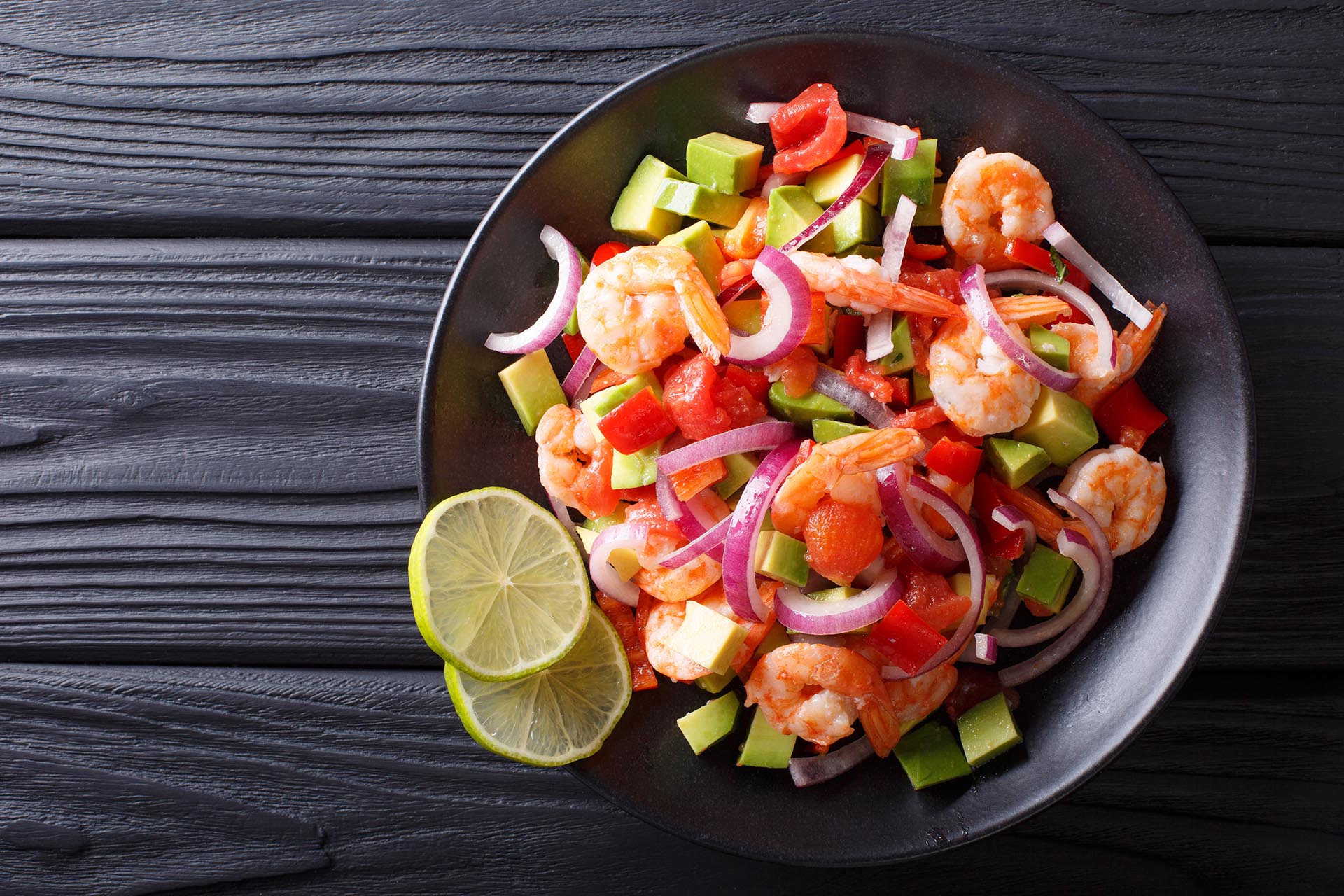Restaurants and COVID-19: dining in Denver post-lockdown
What safety measures are in place? How is the pandemic impacting the industry? What’s next? Hospitality experts serve up what you need to know.

After three months of lockdown due to the COVID-19 pandemic, Colorado restaurants are slowly reopening. And though residents are hungry to get back to their favorite spots, grabbing a bite out will look a lot different from how we remember it.
“I think we’re forever changed,” said Michael Wray, professor of restaurant management in Metropolitan State University of Denver’s School of Hospitality. “People miss their dining out, but they’re much more conscious about cleanliness; I think that’s here to stay.”
That means more than simply wiping down tables with a rag in between guests. Get ready for full sanitization, broadly spaced seating, expanded outdoor dining and more. We caught up with Wray to sink our teeth into what the new nosh has in store.
How is the hospitality industry starting to roll out reopening practice?
When it comes to breweries and wineries in particular, we’re seeing states such as California, Oregon and Washington leading the way with reopening. Trade associations are working with states to establish guidelines for reopening. And in Europe, we’re seeing success with places gradually phasing in reservations, limited numbers inside and distanced tables.
With scaled-back operations, how do you see this affecting profit margins? And how are restaurants coping?
There’s a misconception that restaurants make a 5% or less net income. However, I conducted research looking at accounting statements for establishments across various Western states; the result was many places actually were doing closer to 8-12% net income – or even higher in some cases.
That said, it still is a dire situation, which is leading many places to cost-cutting measures, especially when they’re having to now factor in paying for personal protective equipment and cleaning supplies. There’s been a backlash against establishments that have tried offsetting this by adding in a COVID-19 fee, so instead you’re seeing more limited menus, time-limited reservations and increased prices to help absorb these costs.
What else are restaurants doing to limit transmission?
You have to think about everything a guest touches to drive your process. For example, if you’re not going with disposable silverware, that becomes an additional item an employee touches – with a mask and gloves. Orders will need to be taken while masked as well. And some places are using disposable menus with a QR code for customers to scan and order online, with limited waitstaff interaction. The University of Houston also has a great repository of hospitality resources related to COVID-19.
How should restaurants communicate these updates to their patrons?
Information is really important right now. Restaurants and hotels should place COVID-19 guidelines front-and-center on their website landing pages or, minimally, have a high-profile button that links to explained adjusted hours, reservation policies, sanitization practices and other relevant info.
Brewpubs and taprooms in Colorado are able to have guests if they partner with a restaurant or food truck – could you tell me about that?
It’s a way for them to be open, especially if able to extend patio space outside where folks don’t have to cluster. That’s critical, as many places rely on their tasting or taprooms for 90-95% of their sales. And if you don’t bottle or can, you’re really limited to what you can sell in your brewery.
Speaking of “boos,” we’ve seen unexpected practices such as mannequins filling booths or ghosts popping up in Denver at Sputnik on South Broadway. Why do you think that is?
Eating at a restaurant is a fundamentally social experience; we’re tuned in to that as a partial measure of quality. Think about it – if you walk into a place and only a few tables are occupied, you immediately start to doubt the food. It’s immersive; when we go out, we love a full dining room, with clinking silverware and music in the background.
What are some predictions you have for the future of the restaurant industry?
I think you’re going to start seeing more cross-utilization of food. In the 1970s, Wendy’s was innovative for their “fresh, not frozen” approach; they knew they would have leftovers from the griddle, so from that, they made their chili. Look at menu items such as salmon – you might plate that for a dinner but could also offer a sandwich for lunch or salmon and eggs as a breakfast item.
Delivery is also here to stay. The pandemic brought in a lot of later-adopters to services such as DoorDash and GrubHub; now that people have experienced that convenience, I can see them sticking with it. Food malls were already a trend, but logistically it makes a lot of sense to have four or five different offerings with a centralized seating area.
I also think you’ll see permanent design thinking applied that limits what the customer has to touch; for example, restrooms without doors, like at Costco. Finally, smart restaurants will continue to find ways to innovate and drive foot traffic: You might be able to text “FEED ME” to a number to get a menu or see new kinds of approaches to signage to advertise takeout and dine-in.







